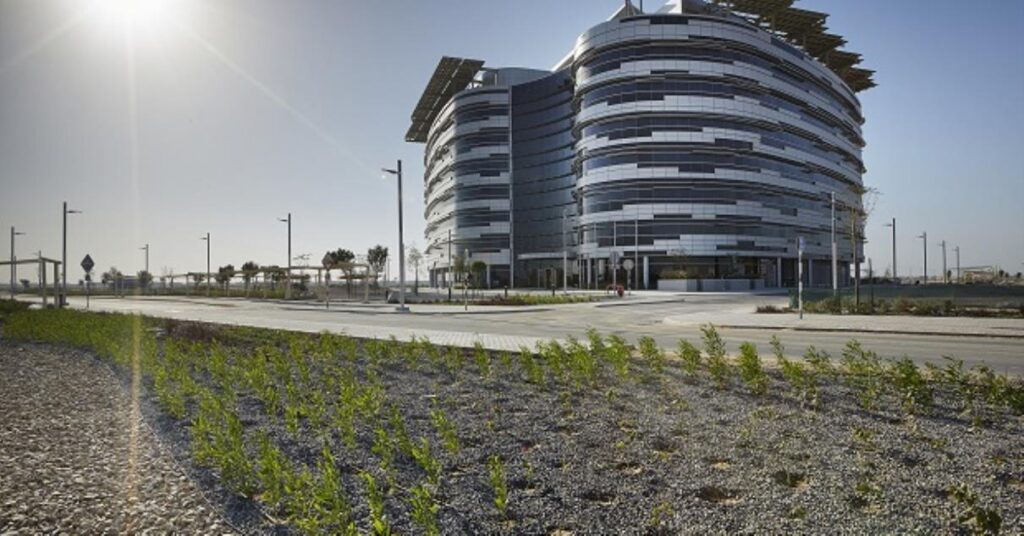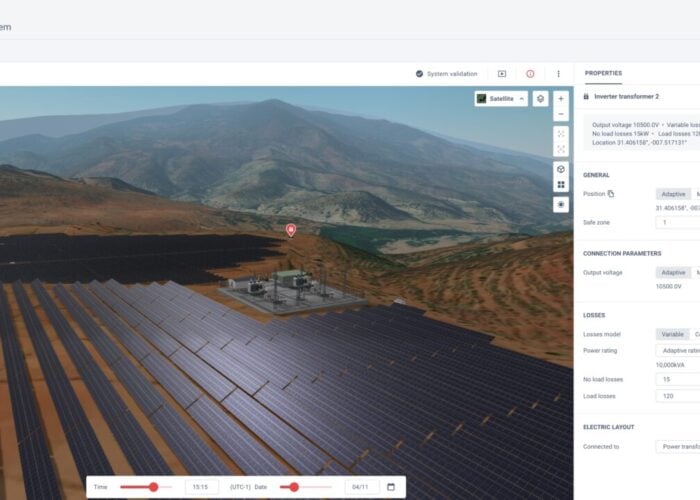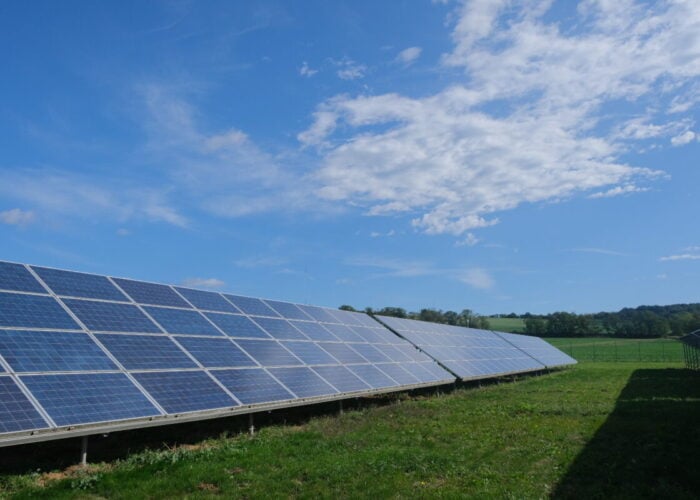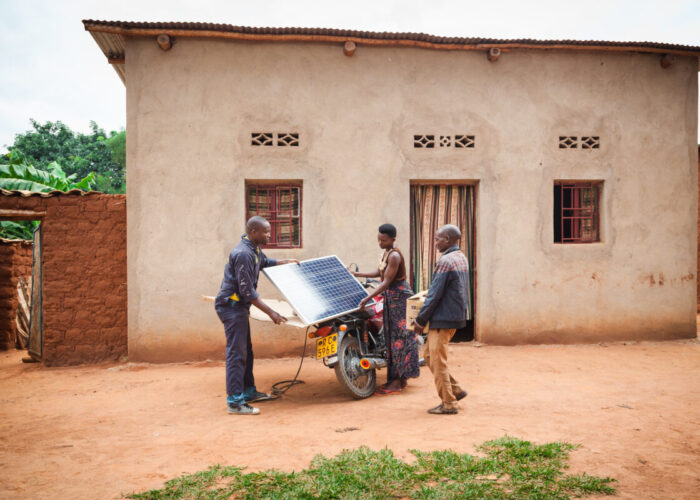
The International Renewable Energy Agency (IRENA) has published its latest report into renewable energy statistics and found that the world’s renewable power capacity will need to increase by 16.4%, year-on-year to meet the world’s 2030 climate targets.
The report, Renewable Energy Statistics 2024, notes that, despite a record 14% year-on-year growth in installed renewable power capacity from 2022 to 2023, the rate of renewable energy commissioning is still insufficient to meet the climate targets agreed upon at COP28, held last year in the UAE. This target includes renewable power capacity installations reaching 11.2TW, but the world is currently on pace to install 9.7TW of clean energy.
Unlock unlimited access for 12 whole months of distinctive global analysis
Photovoltaics International is now included.
- Regular insight and analysis of the industry’s biggest developments
- In-depth interviews with the industry’s leading figures
- Unlimited digital access to the PV Tech Power journal catalogue
- Unlimited digital access to the Photovoltaics International journal catalogue
- Access to more than 1,000 technical papers
- Discounts on Solar Media’s portfolio of events, in-person and virtual
IRENA also notes that if the world maintains its historic annual growth rate of 10%, global installed renewable power capacity will reach just 7.5TW by the end of the decade.
“Renewables must grow at higher speed and scale,” said Francesco La Camera, IRENA director-general.
“Our new report sheds light on the direction of travel; if we continue with the current growth rate, we will only face failure in reaching the tripling renewables target agreed in the UAE Consensus at COP28, consequently risking the goals of the Paris Agreement and 2030 Agenda for Sustainable Development.”
Despite the ominous tone of the report, it notes a number of positive developments, such as the growth of installed solar capacity around the world. As shown in the graph above, as of last year, installed solar PV capacity exceeded that of both wind and hydropower globally, and is growing at a much faster rate than either of the other two power sources.
This is supported by record-breaking installation figures over the last 12 months in a number of markets, such as Germany and India, with Wiki-Solar noting that engineering, procurement and construction (EPC) firms added more than 20GW of new utility-scale solar capacity between January 2023 and May 2024.
Looking ahead, Wood Mackenzie expects the world’s solar sector to add around 3.8TW of capacity by 2033, with solar PV forecast to account for 59% of new global energy generation capacity brought online between 2024 and 2033. With solar expected to lead the way in the world’s clean energy transition to the end of the decade, there is no surprise that China, which still accounts for the vast majority of the world’s solar manufacturing capacity and installation figures, will play a key role in these developments.
The graph above demonstrates how cumulative installed solar PV capacity has changed over the last decade, with China operating more than double the capacity in Europe as of the end of 2023. DNV expects China to more than quintuple its renewable energy installations by 2050, with solar alone set to account for 5.5TW of capacity, monumental growth that would go a long way to meeting the world’s climate targets.
The IRENA figures also demonstrate how Europe is the second-largest market in terms of installed PV capacity, fending off Asian countries, excluding China, which almost met Europe’s cumulative capacity in 2020. At last month’s Intersolar Europe event in Munich, there was optimism about how positive legislation could help the region meet its potential for new PV deployment, albeit questions about the potential for building new manufacturing capacity in Europe.
Encouraging growth outside of the historically dominant solar markets will be vital if the world is to meet its 2030 climate targets. The IRENA figures show that in South America, renewable power generation increased by nearly 12% between 2022 and 2023, whereas growth in Africa was a more “modest” 3.5%.
“Consolidated global figures conceal ongoing patterns of concentration in geography,” said La Camera. “These patterns threaten to exacerbate the decarbonisation divide and pose a significant barrier to achieving the tripling target.”







